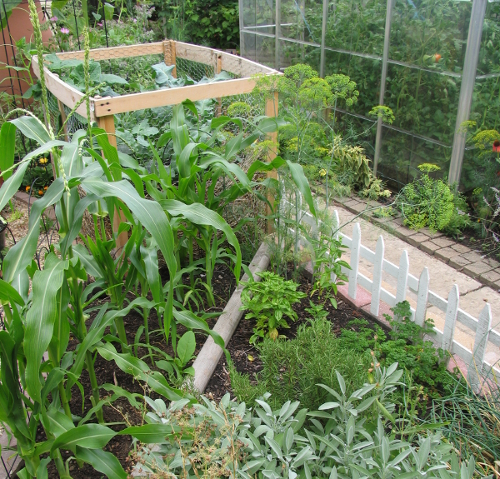Garden Chemistry explores the relationship between successful gardening and the chemistry of soil, nutrients and healthy, beautiful plants.
Everybody eats. Growing your own food can result in delicious produce or disappointment with a bug infested plant or a dead, dried up, failed experiment. It is easy enough to see that something is going wrong but it is more challenging to diagnose the problem. More water, less water, are nutrients missing, too much sun, not enough sun, it something wrong with the soil? It is useful to apply concepts learned in the chemistry laboratory to gardening. I am learning about soil chemistry; I'm learning how to recognize and interpret various plant ailments; I am learning how to combine plants that grow best together and what to plant where.
There is a lot to think about when attempting to grow food. The rewards of success are well worth the efforts. Last summer I enjoyed strawberries, rasberries, blackberries, cucumbers, tomatoes, serrano peppers, potatoes, beans, corn, sage, parsley, thyme, onions, chives, dill, fennel, and more all from a backyard garden. And I made mistakes - plenty of them. That is part of the fun - learning what works and solving problems. I am eager to share my learning with you. This will be the focus of the summer course: Urban Gardening.

My garden is in my backyard - in Chicago. I no longer have any grass in my backyard. I've eliminated it in favor of all the flowers and vegetables and fruits evident in this photograph. We've sat in the backyard around a campfire and enjoyed the sounds of birds and insects. My neighbor enjoys her yard too so we've learned to cooperate and even trade food over our fence. My research is ongoing. There are many resources available in all medias. What I hope to do on this website is collect these resources and add some of my own - from the perspective of a chemistry professor.

